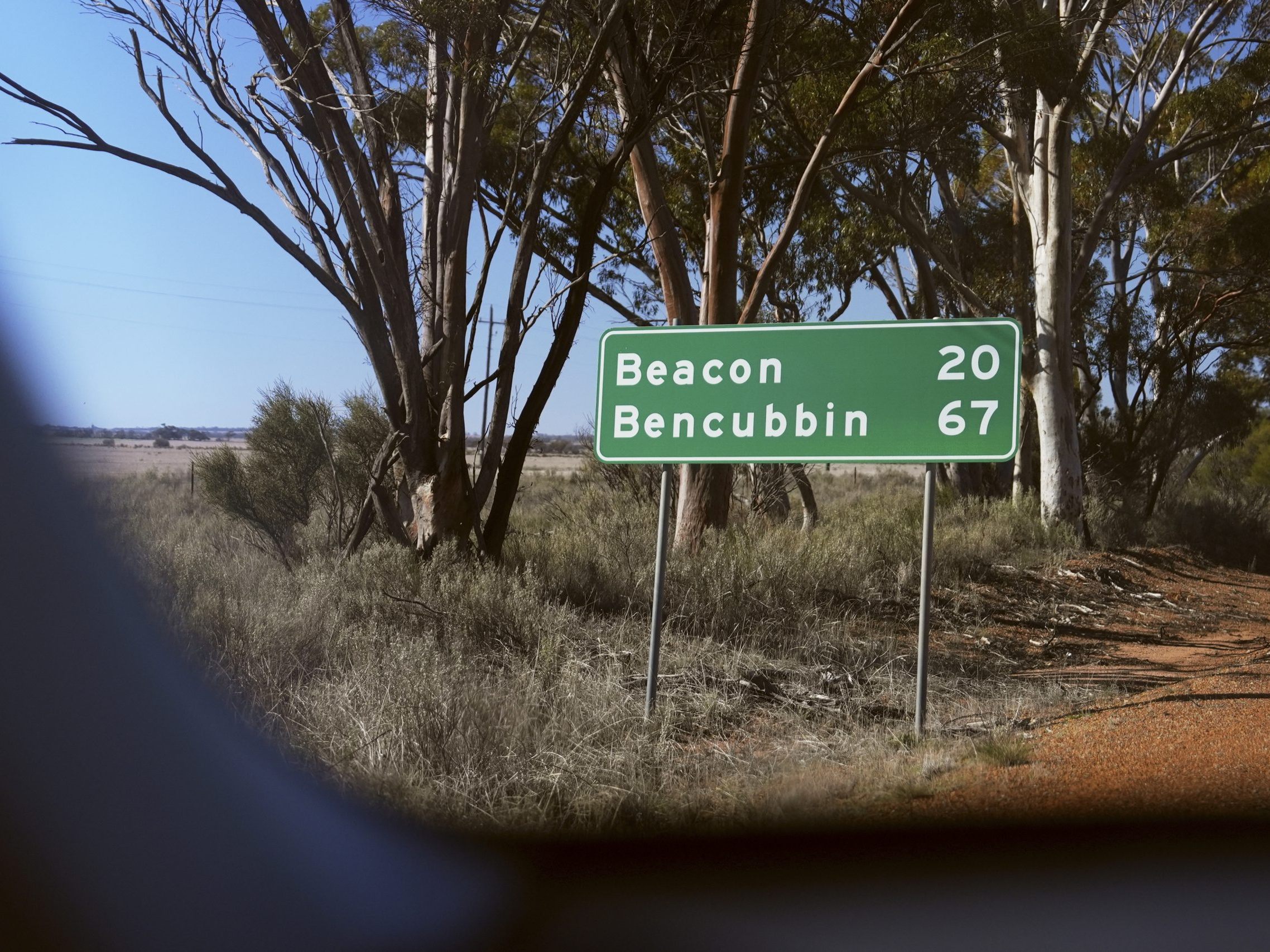12 Days Missing in the Australian Outback: The Incredible Case of Carolina Wilga

It was June 29 when 26-year-old Carolina Wilga was last seen in a small shop in Beacon, a remote wheat-growing town in Western Australia with only 123 inhabitants. After that, all traces of the young German disappeared. Friends and family lost contact, and the worry grew with each passing day. The Australian Outback is notorious for its relentless vastness, extreme temperatures, and complete isolation. A terrain that pushes even experienced adventurers to their limits. At night, temperatures can drop dramatically, as in Carolina's case, when the nights fell below 3 degrees Celsius – a dangerous cold in an environment associated with scorching heat.
A Race Against Time: The Search for a Needle in a Haystack
The authorities launched a large-scale search operation, fully aware of how slim the chances are of finding someone in an area of over 740,000 hectares. Time was the greatest enemy, as without water and supplies, the chances of survival decrease rapidly. Helicopters and ground teams combed the Karroun Hill Nature Reserve, an inhospitable natural landscape north of Beacon. The decisive breakthrough came on the eleventh day: A police helicopter crew discovered Carolina's abandoned van, a 1995 Mitsubishi Delica Star Wagon, about 35 kilometers north of Beacon. Apparently, the vehicle had gotten stuck in the mud – a common fate for travelers off paved roads in the Outback. The presence of solar panels and water reserves in the van indicated that Carolina was prepared for a longer journey, but the treacherous terrain had become her downfall.
The Miracle of Karroun Hill: Surviving Against All Odds
Just one day after the discovery of her van, on Friday, the "miracle" occurred, as investigators called it. A member of the public found Carolina Wilga on a forest path. "I think when we hear her story, it will be a remarkable story," said Police Inspector Martin Glynn. She was in a "fragile" state but without serious injuries and was immediately flown to a hospital in Perth for treatment. She had defied the inhospitable conditions of the Outback – including its hostile flora and fauna. The exact circumstances of her survival, how she found food or water, are still unclear, but her ability to endure for twelve days in this extreme environment is simply extraordinary. The police believe she got lost and was not a victim of a crime.
This story is a reminder that nature is unpredictable and human survival sometimes borders on a miracle. It also underscores the enormous importance of professional search and rescue teams and the attentive civilian population.
Lessons from the Outback: What We Can Learn
The case of Carolina Wilga, as well as others, like that of an Australian surfer who recently survived a night on an uninhabited island, offer important lessons for all outdoor enthusiasts – whether in the Australian Outback or the Austrian Alps:
- Vorbereitung ist alles: Informieren Sie sich gründlich über das Gebiet, in das Sie reisen. Packen Sie ausreichend Wasser, Nahrung, Erste-Hilfe-Ausrüstung und angemessene Kleidung ein.
- Kommunikation ist entscheidend: Informieren Sie jemanden über Ihre Reiseroute und den voraussichtlichen Zeitpunkt Ihrer Rückkehr. Ein Satellitentelefon oder ein Notrufsender (PLB/EPIRB) kann im Notfall lebensrettend sein.
- Beim Fahrzeug bleiben: Wenn Ihr Fahrzeug stecken bleibt, bleiben Sie in dessen Nähe. Ein Fahrzeug ist größer und leichter zu finden als eine einzelne Person. Es bietet zudem Schutz vor den Elementen.
- Ruhig bleiben: Panik ist der größte Feind in einer Notsituation. Versuchen Sie, einen klaren Kopf zu bewahren und rational zu handeln.
- Signale geben: Nutzen Sie alle verfügbaren Mittel, um auf sich aufmerksam zu machen – helle Kleidung, Spiegel, Rauchzeichen bei Tag, Feuer bei Nacht.
Carolina Wilga's story is a shining example that even in seemingly hopeless situations, there is hope and the human will to survive can move mountains.
Questions and Answers About Surviving in the Wilderness
How long can one survive without water in extreme conditions like the Outback?
In the heat of the Outback, a person can survive without water for only a few days, often no more than 3-5 days. Factors such as physical activity, sun exposure, and individual metabolism greatly influence this. Carolina Wilga's survival over 12 days suggests that she either found a hidden water source or had remnants in the van and rationed them extremely sparingly.
What are the biggest dangers in the Australian Outback?
The biggest dangers are extreme temperatures (both heat and cold), lack of water, loss of orientation due to the vastness and lack of signposts, and the remoteness, which makes quick help difficult. Poisonous animals like snakes and spiders are also a danger, but panic and dehydration often pose a greater risk.
What should you do if you get lost in the wilderness?
Stay calm and do not panic. Stay in one place as much as possible, especially if you have a vehicle, as this makes the search easier. Try to find shelter from the elements, ration water and food, and try to attract attention with smoke signals (3 fires) or reflective objects. If you have a device with GPS, use it to determine your position, but do not rely on it.
This article has been automatically translated, read the original article here.





